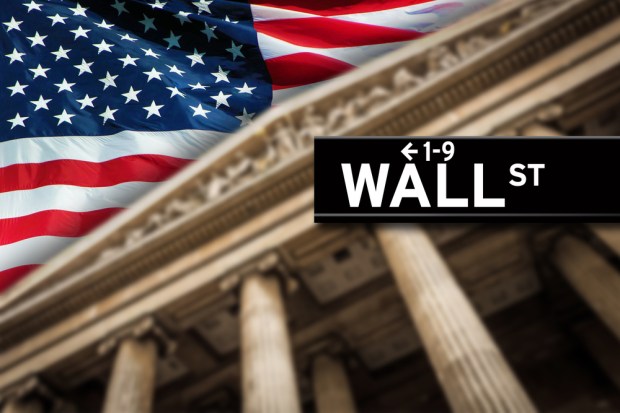Stocks, Viewed From A Lofty Perch

The Dow has crossed a 20,000 point threshold. What might that mean for consumers feeling flush?
So, we’re here. Dow at 20,000, and then some. Thursday’s (Jan. 24) closing level at 20,068 has brought this market bellwether up 9.5 percent since Donald Trump took the presidency. The broader market, the Standard & Poor’s 500 Stock Index, has enjoyed a less lofty though significant boost, up 7.4 percent over the same timeframe.
What does all this mean beyond the headline numbers? The euphoria that has lifted shares higher is one that seems to be focused on the U.S. itself, rather than the global stage. As we all know by now, the new administration has promised several initiatives designed to boost the fortunes of U.S. business — the most recent built on orders withdrawing from trade deals and talk that the dollar must be brought lower, which seeks to stoke export activities. And Trump has promised to create jobs and work projects (and revenues for companies) domestically through infrastructure spending.
Stocks reflect the anticipation of future earnings, and across one simple measure, the price-to-earnings ratio, as the denominator lifts (the earnings), stocks gain, too.
For individuals holding equities, the rising market, stretching back since the nadir of the financial crisis, creates a “wealth effect” of, well, feeling wealthier. Look at the statements, monthly on paper or in real time online — so long as the trajectory is upward, the greater the worth (and for some, self-worth) is. Certainly, there has been no comparable benefit to putting money away in a savings account, with zero or adjusted for inflation negative returns on cash. The multiyear environment of low interest rates, promised and promoted by the Fed, has brought investors into stocks.
On the flip side of the equation has been the economy, which is not just the stock market and is not predicated only on corporate profits. The consumer has been a spending machine, partly due to that wealth effect, as noted by holiday sales, and we’re not talking about at department stores. But the GDP has been growing roughly at about 2 percent, with wages growing slightly, and perhaps this is more important than the wealth effect that is tied to the market, because only about half of people in the U.S. hold stocks, as noted in Gallup data earlier in 2016.
One sticking point: Money in portfolios does not translate into spending power in the here and now, tied up as those investments might be in retirement accounts. Retirement accounts have hefty penalties for withdrawals.
So the counterpoint that looms against the wealth effect is the desire for a weaker dollar (under a Trump-led charge), which, while it’s too early to tell, may dissuade U.S. consumers from spending. After all, a weaker dollar makes imports and travelling more expensive and, in a rising rate environment, makes everything from credit card debt service to home remodeling more expensive. Turns out a dollar in the wallet may be worth two in the IRA.
